A passion for technology and wanting to bring more girls into coding has led Perth programmer Kerry Kidd to work with Minecraft globally.
After studying computer science at Abertay University, Kerry graduated into a global recession in 2009 and struggled to find a job.
She eventually ended up in a fish and chip shop, far from the web developer role she had envisioned.
When the tiny computer Raspberry Pi came out in 2012, her love for tech blossomed once more and she taught herself the coding language Python to be able to use one.
After hosting Raspberry Pi meetups and workshops for years, she set up RaspiKidd in 2017 and began freelancing outside the full-time job in the chippy.
In November last year, she left to go freelance for good.
“I was fed up of working in the chippy, nine years had been enough,” she says.
“Since I made the decision to leave, work just started rolling in. This year’s taken leaps and bounds.”
Educating the next generation of coders
Since the start of the year, the programmer has been busy teaching primary school students and teachers how to use a micro:bit.
The pocket-sized computer teaching children the basics of coding will be given to every Scottish primary school.
As the micro:bit is new to both pupils and teachers, Kerry has run courses for both across Dundee and in Perth.
“As I was talking the kids through code, the teachers were doing it at the same time,” she says.
“They were learning alongside one another and absolutely loved it.
“Technology is moving fast, so many teachers have little technical background. They can’t teach the kids to code if they don’t know how to do it.”
Developing technical skills is quickly becoming a priority in schools, and Kerry estimates she has taught around 200 children just this year.
The 35-year-old believes most jobs in the future will involve some degree of programming or coding.
“It’s said that in the next 10 to 20 years, kids who don’t know any programming will be branded digitally illiterate,” she says.
“We need to show them that technology isn’t scary, but straightforward and easy to use.”
Teaching coding through Minecraft worldwide
Another way of teaching coding is through the popular game Minecraft’s Education Edition.
RaspiKidd has worked on two coding projects in the game, Seymour Island and Python Islands.
Through multiplayer, children will work their way through the islands solving coding challenges.
“I wrote a Microsoft Learning course at the start of the year teaching Python within Minecraft which is now published for teachers,” Kerry says.
“From there, I’m now facilitating Minecraft training globally to educators around the world.
“It’s crazy time zones, but it’s been great and a roller coaster.”
The programming educator’s next goal is to encourage more girls to get into coding and engineering.
While back in wartimes, coding was a female profession, computer science has become a male dominated field today.
Many girls are still told that certain subject are not for them.
Kerry says: “Like in every industry, it’s important that we’re bridging the inequality gap and getting females into the roles they would like to be in.
“We need to show them that it’s a career they can do, rather than telling them it’s for boys.
“They can do it just as well as what men can.”
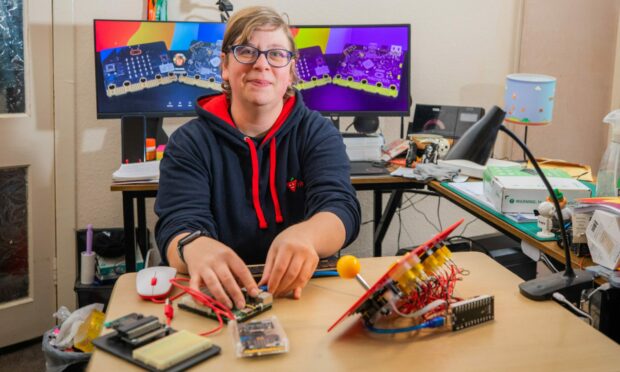
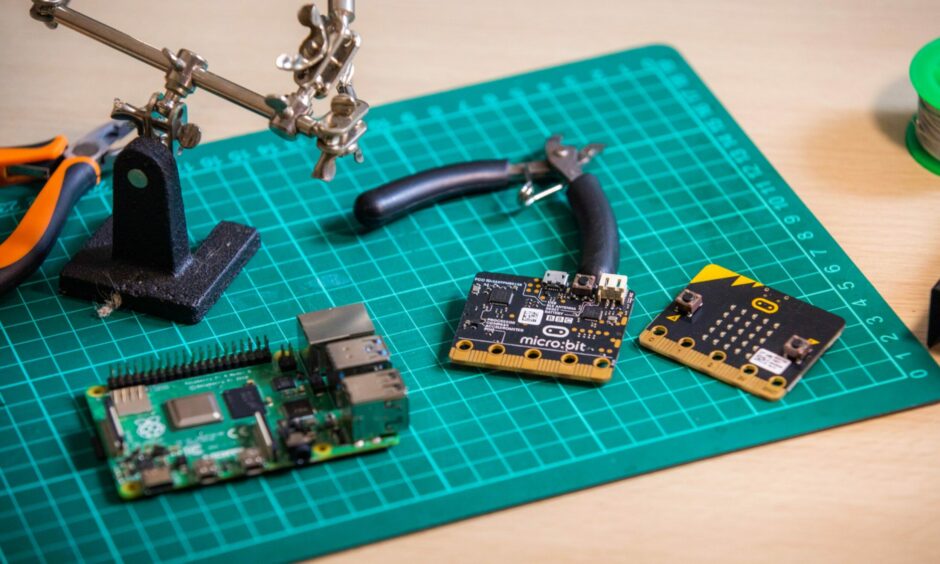


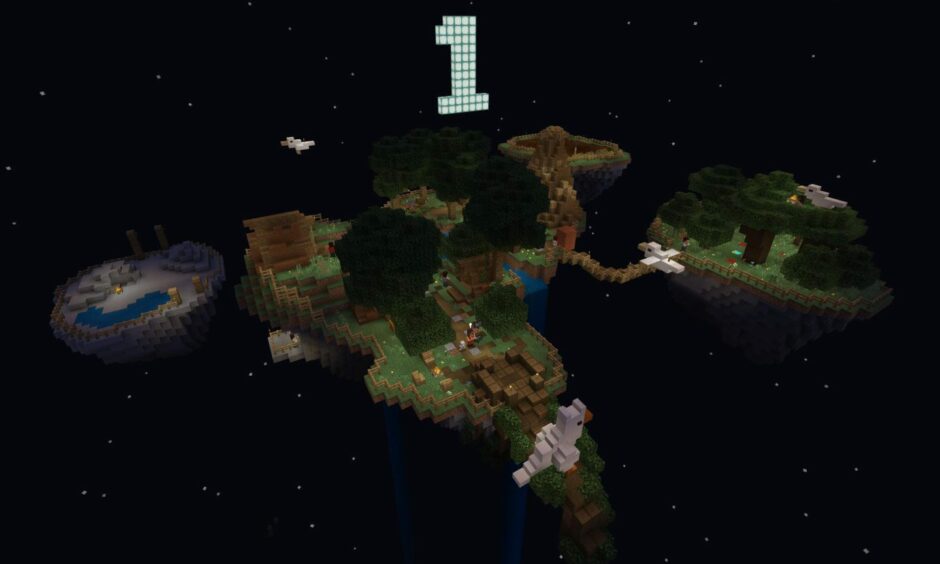




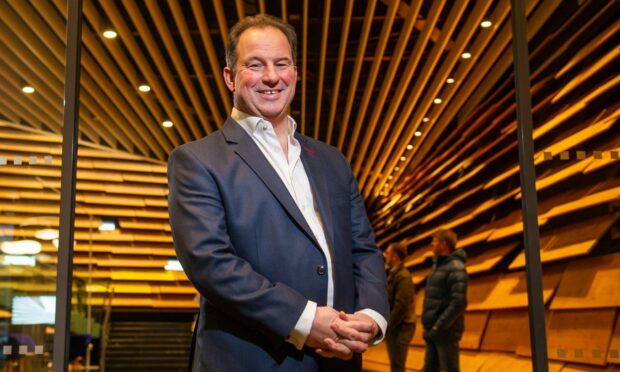


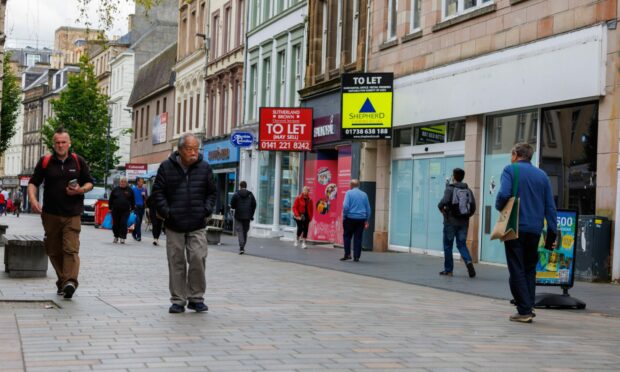
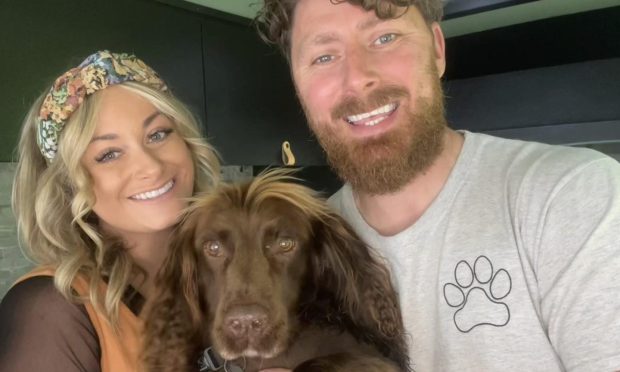
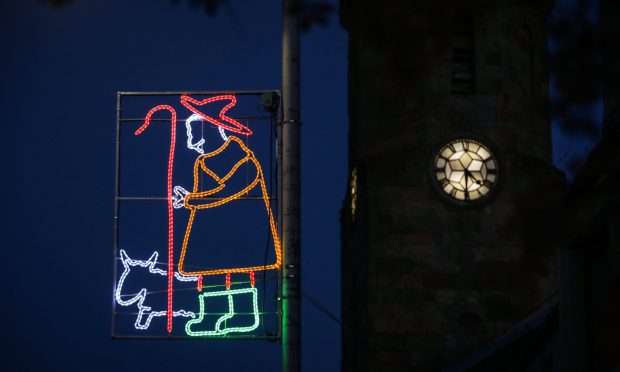

Conversation